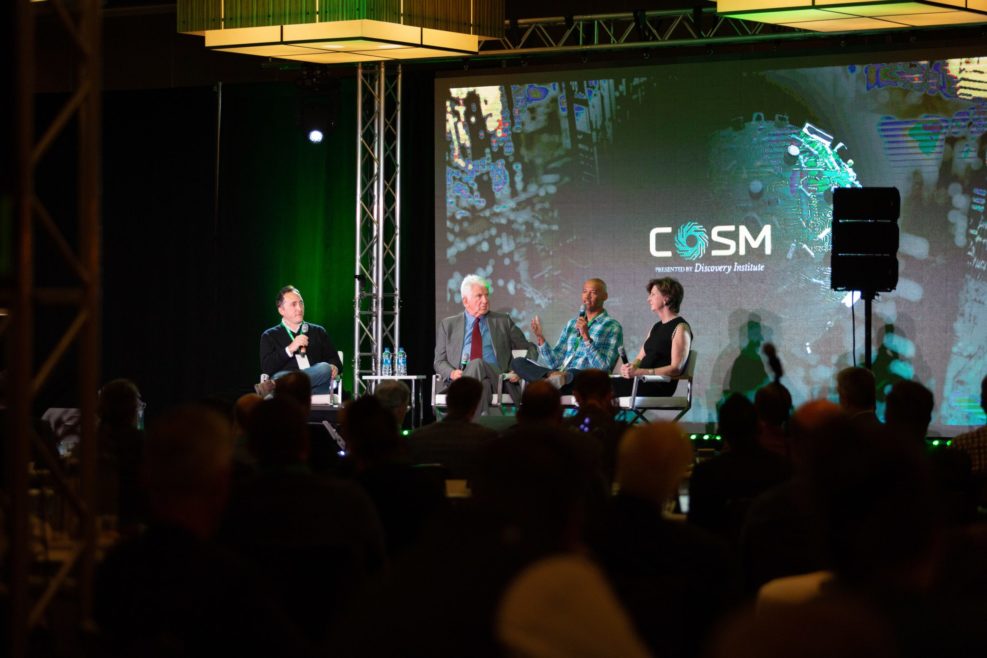
Amazon’s Rings of Power: Some Warning Signs But Still Hope
The screenwriters had to create dialogue from Tolkien’s notes about the world in which Lord of the Rings is setThe first two episodes of the long-anticipated series The Lord of the Rings: The Rings of Power were released on September 2nd on Amazon Prime. With a budget of over $1 billion, Rings of Power is the costliest TV show ever produced. It makes sense, then, that fans expected a lot from the premiere. Peter Jackson’s The Lord of the Rings trilogy is widely considered a cinematic masterpiece, and millions of avid Tolkien readers are watching vigilantly for violations against the “canon.” The show stars a young Galadriel (Morfydd Clarke) as a stubborn, resilient warrior. For years, she has been tasked with eradicating any trace of evil after the apparent fall of Sauron, the rogue servant of the evil Morgoth. Read More ›


















